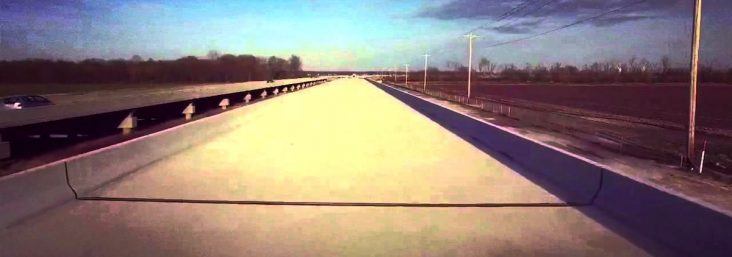Highway maintenance and revitalization project underway in Northeast Arkansas
by August 10, 2017 9:25 pm 491 views

A portion of Arkansas 226 under construction.
Arkansas Department of Transportation District 10 Engineer Brad Smithee knows most people don’t get excited when the hear the words “pavement preservation project.” When most people think about roads, they want current roads expanded or new roads built. Maintaining the roads we have isn’t exciting, but it’s a necessity, he told Talk Business & Politics.
“We’re really glad to see maintenance projects all across Northeast Arkansas,” he said. “It’s past due. It doesn’t make sense for us to build a system that we cannot maintain.”
Northeast Arkansas has more than 1,700 miles covered by ADOT. About 30 years ago, ADOT spent $3 million per year for maintenance and repair. In recent years the amount was bumped to $5 million per year, but many of those same roads had been expanded to four or five lanes, meaning less and less miles were being serviced each year. It might take 20 to 25 years before a road received maintenance and most roads won’t last that long, Smithee said.
The bulk of federal fuel taxes are marked for new projects, but a change became imperative. Highway systems in the region were under significant disrepair. This year ADOT is spending $20 million on maintenance and repair in the region. It takes money away from potential expansion projects, but many thoroughfares were in danger, Smithee said. ADOT is not only spending money to solve the problem; new repair methods are also being deployed, he said.
Science is now playing a bigger role. In the past, sections of road would be slated for repairs and if engineers decided to do an asphalt overlay of a section, that’s what happened. Now the conditions and stress levels of sections of pavement are being taken into account. Some roads may require a complete overlay, while others only need a chip and seal, he said. Solutions are being developed to cater to the specific needs of a particular section of road.
One advantage that comes with more money is repairs on particular highways can be performed. A big expense in road construction is the contractor moving large pieces of equipment into place. If there’s only enough money to repair a mile of road in one year, the ADOT still has to pay the contractor’s equipment moving costs the next year when the next mile of the same road is repaired. With additional money, more miles can be repaired at that time, and the state will spend less on equipment being moved, he said.
Some recent projects included in this new methodology include repairs to Southwest Drive and Highland Drive in Jonesboro. There are several ongoing projects including in and around Paragould, and a section of highway leading into Manila.
In rural areas, the department is trying to expand shoulders on roads, too. A byproduct of farm vehicles in the field and on the roads is the accumulation of debris, such as rocks. If a road has shoulders less debris collects on the driving surface. Debris causes damage to the roads and the vehicles on those roads, he said. Expanded shoulders will alleviate that problem.
“We are really excited about this new process … our secondary road systems are deteriorating,” Smithee said. “It was time for a new approach.”
